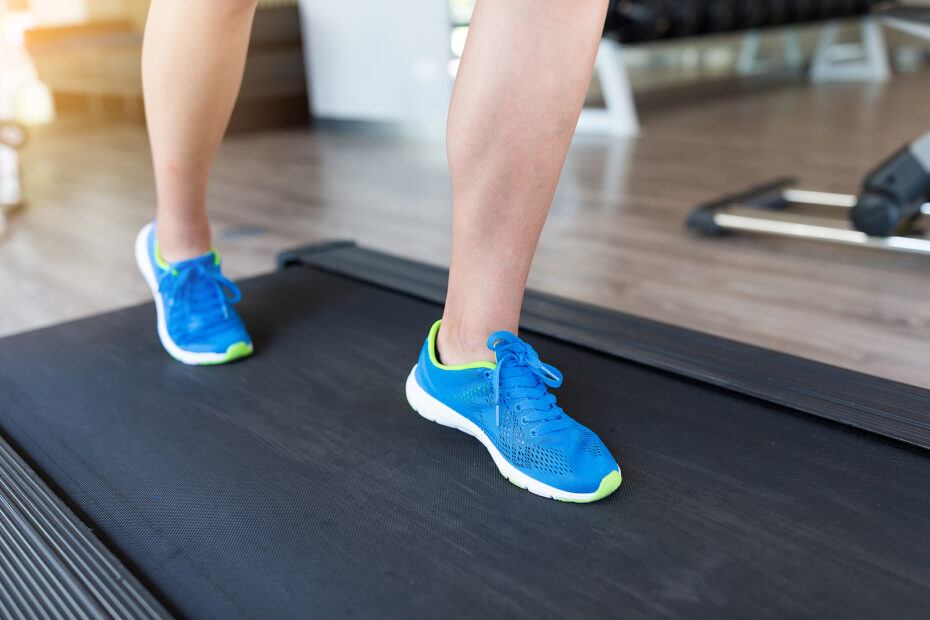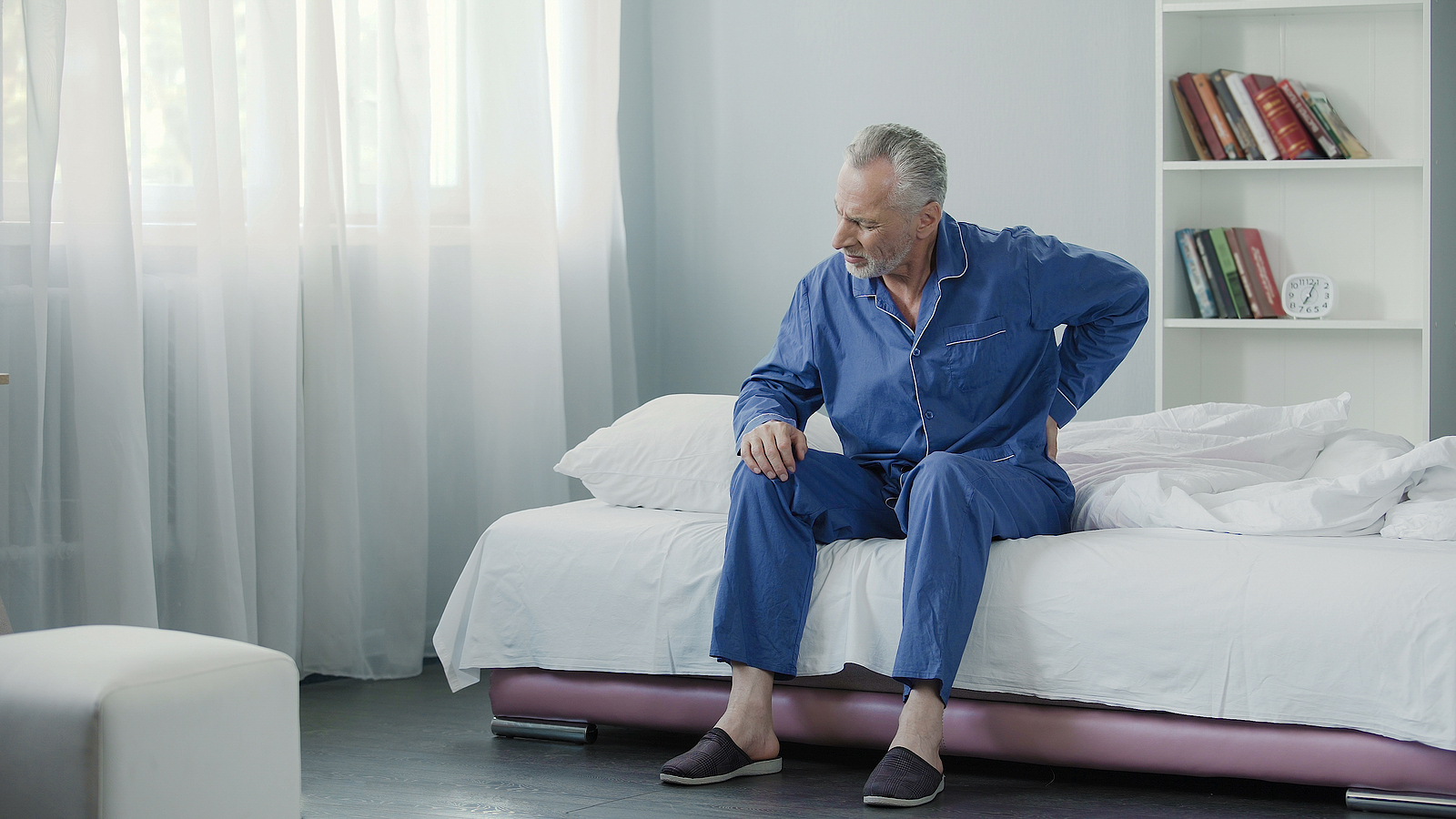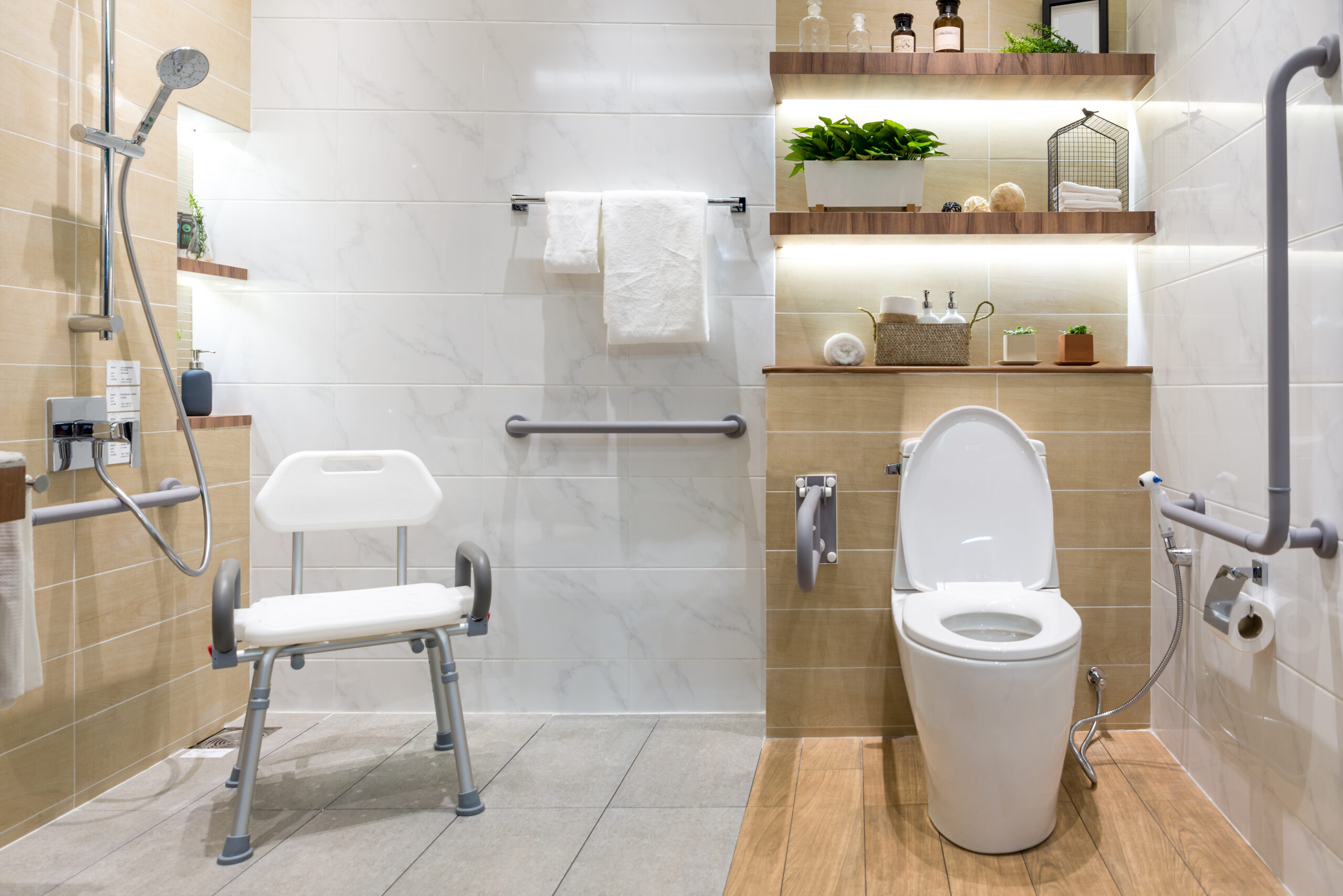Wearing the right shoes is one of the simplest and most effective ways seniors can prevent foot injuries and stay mobile.
And trust me, you’d be surprised how many times I work with seniors who are falling (mostly) because they’re are wearing inappropriate shoes.
The most common (and egregious) offense is using an old pair of sneakers as crocs, but sandals, untied sneakers, and socks on hard wood can all be just as dangerous.
Anyway, whether you’re heading out for a walk, exercising, or just moving around the house, the shoes you wear can play a key role in your overall safety and comfort.
And the wrong pair can lead to blisters, joint pain, or even dangerous falls.
In this article, we’ll explore everything seniors need to know about choosing supportive footwear to help prevent injuries and keep your feet (and the rest of you) feeling good.
Why Proper Footwear Matters for Seniors
As we age, our feet naturally change.
The fat pads on the soles thin out, arches may flatten, and our balance can become less steady – which is why wearing proper shoes is more important than ever.
The right pair can improve stability, reduce joint stress, and help prevent common problems like plantar fasciitis, bunions, or knee and back pain.
Foot issues can also lead to bigger health problems.
For example, foot pain might cause someone to move less, leading to muscle weakness or an increased risk of falling.
According to the American Podiatric Medical Association, over 75% of adults have experienced foot pain and improper footwear is a major cause.
Fortunately, shoe technology has come a long way.
Modern footwear is designed not just for style, but also for support, shock absorption, and foot health -features especially important for seniors.
Key Footwear Features Seniors Should Look For
When choosing shoes, focus on support, stability, and comfort. Here are essential features to look for:
- Arch Support: Helps distribute weight and reduces stress on the feet, ankles, and knees.
- Cushioning: Softens impact with each step – especially important for seniors with arthritis or joint pain.
- Stability: A firm sole and supportive heel counter help prevent ankle rolls and improve balance.
- Proper Fit: Look for about a half-inch of space at the toe and a snug heel that doesn’t slip.
- Nonslip Soles: Essential for reducing the risk of falls, especially on smooth or wet surfaces.
- Breathable Material: Keeps feet dry, which helps prevent blisters and fungal infections.
Pro Tip: Shop for shoes in the afternoon when your feet may be slightly swollen. Bring any orthotics you use, and always try shoes on with the type of socks you’ll wear daily.
How Seniors Can Choose the Right Shoes
Finding the best shoe starts with understanding your personal needs. Follow these steps:
- Think About Your Activities
Whether you’re walking, gardening, or attending social events, match your shoe to your lifestyle. - Know Your Foot Type
Flat feet, high arches, and other foot shapes require different types of support. A podiatrist can help identify what’s best for you. - Focus on Comfort and Safety
Shoes should feel comfortable right away—don’t count on a “break-in” period. Avoid anything that pinches, rubs, or causes pressure spots. - Inspect the Construction
Choose shoes with firm soles, supportive insoles, and a wide, roomy toe box. - Replace Old Shoes
Worn-out soles and flattened cushioning reduce support and increase injury risk. Replace shoes every 6–12 months, or sooner if you wear them daily.
Common Foot Problems Linked to Improper Shoes
Improper footwear can lead to a number of foot and mobility problems. For seniors, these conditions can seriously impact independence:
- Plantar Fasciitis: Heel pain from lack of arch support.
- Bunions and Hammertoes: Caused by tight shoes that crowd the toes.
- Shin Splints and Stress Fractures: Often due to poor shock absorption.
- Blisters and Calluses: Result from friction, especially with stiff or loose-fitting shoes.
- Balance Issues and Falls: Perhaps the most serious consequence for older adults.
Pay attention to early signs of foot discomfort and address them quickly—minor problems can escalate if left untreated.
Choosing Shoes for Different Situations
Daily Walking and Standing
Look for lightweight shoes with moderate cushioning, good arch support, and slip-resistant soles. Velcro closures or elastic laces make it easier to get shoes on and off.
Light Exercise and Fitness Classes
Choose athletic shoes with extra cushioning and stability. For activities like walking or low-impact aerobics, cross-trainers or supportive walking shoes work well.
Medical Conditions (e.g., Diabetes, Arthritis)
If you have diabetes, opt for shoes with extra depth, soft linings, and no interior seams to prevent sores. For arthritis, look for cushioned soles and minimal pressure points.
Indoor Shoes or Slippers
Avoid flat, flimsy slippers. Choose supportive indoor footwear with good grip to reduce fall risk on hard floors.
Sandals and Warm Weather Options
Look for sandals with arch support, cushioned footbeds, and adjustable straps that hold your foot securely.
Extra Foot Care Tips for Seniors
- Switch Shoes Throughout the Day: This gives your feet a break and helps avoid repetitive pressure.
- Use Orthotics If Recommended: Over-the-counter or custom inserts can improve alignment and reduce pain.
- Keep Shoes Clean and Dry: Prevents odor, infections, and breakdown of materials.
- Choose the Right Socks: Go for moisture-wicking, non-slip options. Avoid cotton, which holds moisture.
- Pay Attention to Pain: Don’t ignore discomfort. It’s often the first sign that your shoes—or your foot health—need attention.
Frequently Asked Questions from Seniors
Q: How can I tell if my shoes fit properly?
A: You should have about a thumb’s width of space at the front, with no tightness across the top or sides. The heel should stay secure without rubbing.
Q: What’s the best shoe for standing or walking a lot?
A: A shoe with firm arch support, good cushioning, and slip-resistant soles is best. Brands made for walking or “comfort footwear” lines are a great place to start.
Q: Are high heels and flip-flops bad?
A: Yes, especially for seniors. High heels can cause instability and joint strain, while flip-flops offer almost no support. It’s best to limit or avoid them entirely.
Special Considerations for Seniors
Footwear is a vital part of senior safety and mobility. Here’s how proper shoes can make a difference in everyday life:
- Preventing Falls: Supportive, nonslip shoes help improve balance and reduce the risk of falls—a leading cause of injury in older adults.
- Reducing Joint Pain: Cushioning and arch support can ease pressure on knees, hips, and the lower back.
- Increasing Independence: Comfortable, easy-to-wear shoes make it easier to stay active and mobile.
If you have trouble finding shoes that work for your needs, a podiatrist or orthopedic specialist can help guide you to options designed specifically for seniors.
Final Thoughts
Choosing the right footwear is one of the most important steps seniors can take to stay safe, mobile, and pain-free.
I know that sounds like an exaggeration, but it really can make all the difference in the world.
And this is especially true for seniors with balance issues.
The worst thing someone with balance problems can do is put on a loose fitting shoe or sandal – it’s a recipe for disaster.
And choosing a proper pair of shoes doesn’t have to be complicated.
It’s all about find a supportive, comfortable option.
I always encourage my patients to wear closed toe shoes and to avoid sandals or loose house slippers.
Slip-in shoes can work well, as long as they are supportive and fit correctly.
Anyway, I hope you found this article helpful and if you have any questions or comments, just leave ’em below and I’ll get back to you shortly.
And remember – take care of your feet, and they’ll help take care of you.



